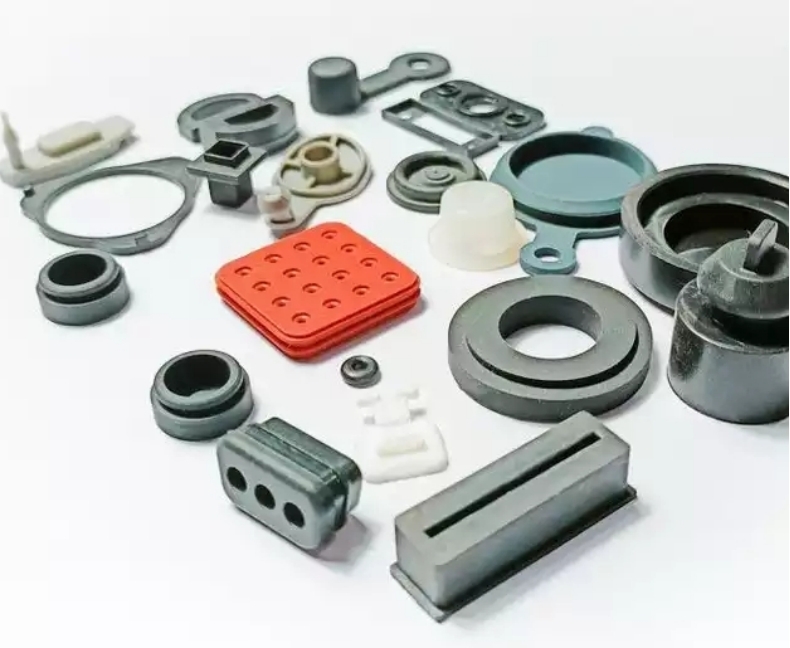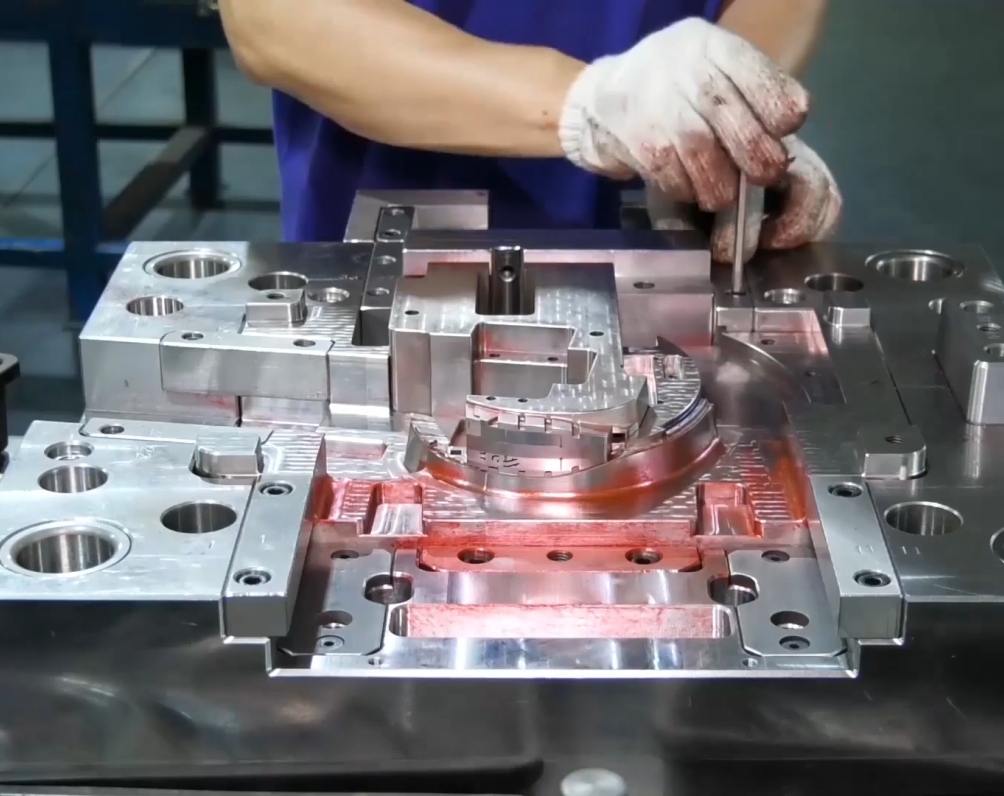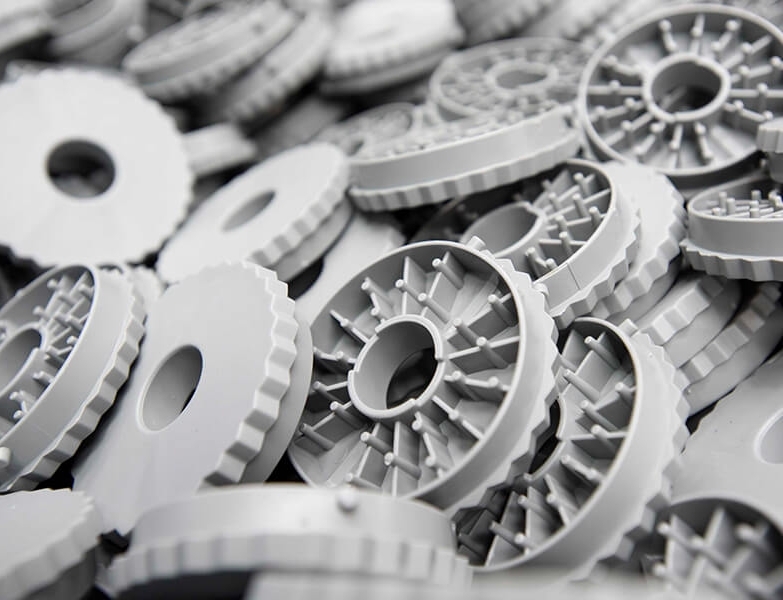
Designing for Sustainability: Eco-friendly Practices in Injection Molding
Focus on the growing importance of sustainability in injection molding processes and highlight eco-friendly practices that can be implemented.
> 3-Day Lightning Delivery
> North America’s Top 10 One-stop Solutions
> 75+ Choices of Materials
As the world becomes more conscious of the environmental impact of manufacturing processes, sustainable practices in injection molding are gaining importance. In this blog, we will explore the significance of designing for sustainability in injection molding, focusing on eco-friendly materials, energy-efficient processes, waste reduction, and recycling. By adopting sustainable approaches, manufacturers can minimize their carbon footprint, conserve resources, and contribute to a greener future.

1.Eco-friendly Materials in Injection Molding :
The choice of materials plays a crucial role in the sustainability of injection molding processes. We will discuss the importance of using bio-based, recycled, or biodegradable materials that have a lower environmental impact compared to traditional plastics. Sustainable material options, such as biopolymers or post-consumer recycled resins, not only reduce the use of fossil fuels but also promote circular economy principles. We will explore the properties, availability, and application areas of these materials in injection molding.
2.Energy-efficient Processes :
Energy consumption is a significant aspect of sustainability in injection molding. We will explore strategies for optimizing energy efficiency, such as using advanced machinery with energy-saving features, implementing efficient heating and cooling systems, and optimizing cycle times. Additionally, we will discuss the importance of process optimization and equipment maintenance to minimize energy waste. By adopting these practices, manufacturers can reduce their energy consumption and carbon emissions.

3.Waste Reduction and Recycling :
Injection molding processes often generate waste in the form of sprues, runners, and rejected parts. We will discuss techniques for waste reduction, such as implementing lean manufacturing principles, optimizing part designs to minimize waste, and using efficient gating systems. Additionally, we will explore the importance of establishing effective recycling programs within the manufacturing facility, including the segregation and proper disposal of waste materials. Recycling initiatives can help minimize landfill waste and promote the reuse of materials, reducing the overall environmental impact of injection molding.
4.Life Cycle Assessment :
A comprehensive life cycle assessment (LCA) allows manufacturers to evaluate the environmental impact of their injection molding processes from raw material extraction to end-of-life disposal. We will discuss the importance of conducting LCAs and how they can guide decision-making towards more sustainable practices. By considering factors such as energy consumption, greenhouse gas emissions, and waste generation at each stage of the product life cycle, manufacturers can identify areas for improvement and implement sustainable solutions.
5.Collaboration and Industry Initiatives :
We will highlight the significance of collaboration among industry stakeholders to drive sustainable practices in injection molding. Manufacturers, material suppliers, and customers can work together to promote sustainable material choices, share best practices, and establish industry-wide standards. We will also discuss the importance of staying updated with certifications, such as ISO 14001 (Environmental Management Systems), that demonstrate a commitment to sustainability. Industry associations and initiatives focused on sustainability, such as the Sustainable Manufacturing Initiative (SMI), can provide valuable resources and guidance.
Designing for sustainability in injection molding is vital for minimizing environmental impact and ensuring a greener future. By embracing eco-friendly materials, optimizing energy efficiency, reducing waste, and promoting recycling, manufacturers can contribute to a more sustainable and circular economy. The adoption of life cycle assessments and collaboration among industry stakeholders further enhances sustainability efforts. As the demand for sustainable products continues to grow, implementing eco-friendly practices in injection molding becomes a competitive advantage. By prioritizing sustainability in design and manufacturing decisions, we can create a more environmentally friendly and socially responsible injection molding industry.